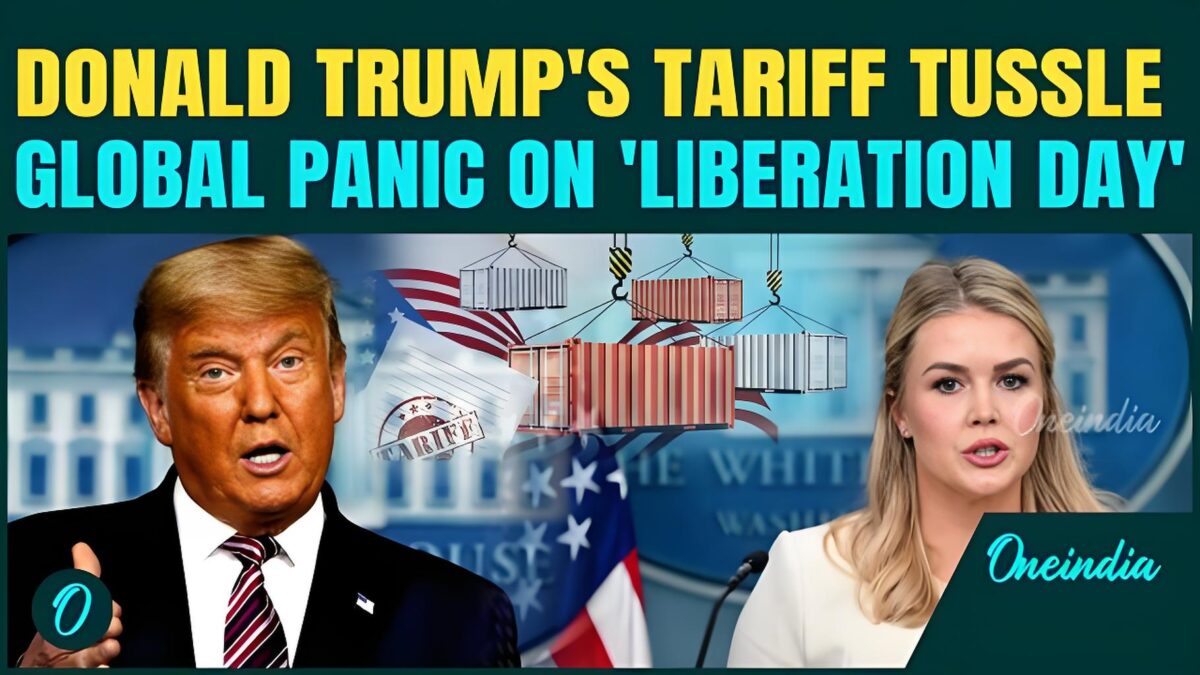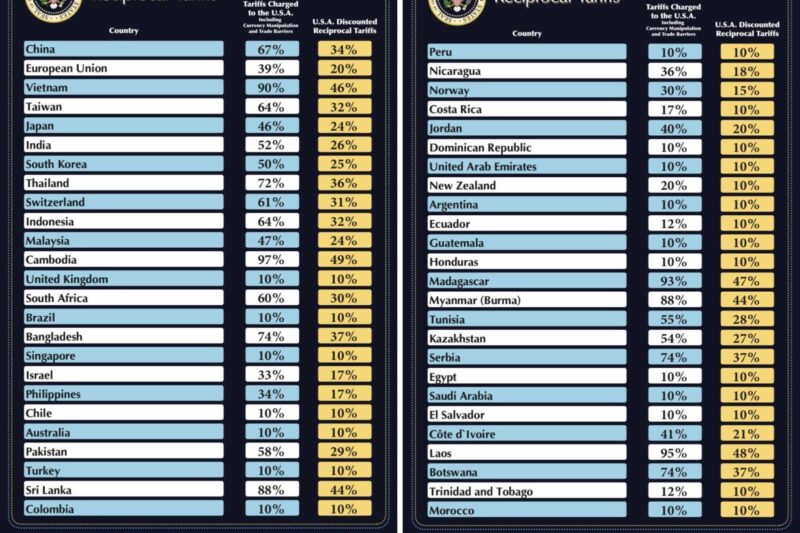 — Maybe not bad for China
— Maybe not bad for China
⏱️Recent years, many big eyewear manufacturers went to Vietnam to build new factory. The main purpose is to avoid high Tafiff and decoupling risk between China and USA.
💥But after the new policy of Tariff by Trump, specially such high tariff for Vietnam, how could these new factories survive? Let alone that labor cost in Vietnam is much closer to the level of China.
When I dicussed the issue of taiff with many old customers in US during VEE time, they frequently asked how I plan to do or if I have manufacture base in Vietnam. I said Trump or US government wouldn’t let Chinese supplier escape easily and they could charge same to Vietnam. It’s so quickly and be true in only month!
 So, if China and Southeast Asian countries such as Vietnam return to the same starting line in terms of export tariffs to the US, what will happen?
So, if China and Southeast Asian countries such as Vietnam return to the same starting line in terms of export tariffs to the US, what will happen?
At least, the new tariffs forced many companies to re – evaluate their supply chain strategies. For example, a US – based eyewear brand that shifted production to Vietnam to avoid Chinese tariffs may now consider bringing some production back to China if the tariff advantage is removed, especially if China can offer better quality control and faster production turnaround times. Certainly they can also plan to buy from other countries without extra tariff. But question is where? can they produce high quality eyewear in bulk?
As a result, the production base might be switched more frequently in terms of price, quality, and delivery time. This could lead to a more fluid market share distribution between Chinese and Southeast Asian exporters. Then it come back to normal business logic, if we forget about political factors and influences first. So it’s “Liberation day”, right?
Who will take lead in normal business logic? I think China maybe the answer.
China has been a major player in the global eyewear manufacturing for decades. This long – term involvement has allowed Chinese manufacturers to master every aspect of eyewear production, from frame design and molding to lens cutting and coating. For example, in regions like Wenzhou and Shenzhen, there are numerous factories that have been producing eyewear for international brands for years, honing their skills and processes over time.
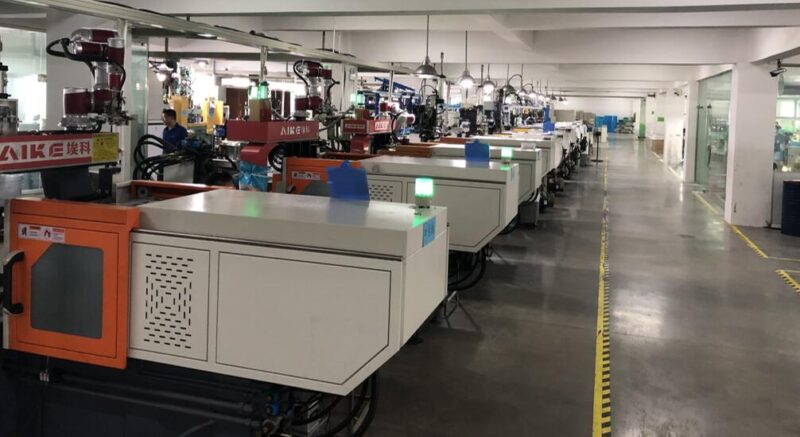
The large – scale production in the Chinese eyewear industry is a significant advantage. With a high volume of production, manufacturers can spread fixed costs such as machinery, factory space, and R & D investments across a large number of units. This enables them to offer competitive prices without sacrificing quality. For instance, a Chinese factory producing hundreds of thousands of pairs of sunglasses annually can negotiate better prices for raw materials like acetate sheets or metal alloys, reducing the per – unit production cost.
China has a robust supply chain for eyewear raw materials. There are domestic suppliers for everything from high – quality acetate and titanium for frames to various types of optical plastics and glass for lenses. This local availability not only ensures a stable supply but also reduces lead times and transportation costs. For example, the production of acetate frames benefits from the local production of acetate pellets, which can be quickly transformed into sheets and then into frames.
In addition to raw materials, China also has a wide range of suppliers for eyewear components like hinges, screws, wire, and nose pads. Moreover, there are specialized service providers for processes such as electro – plating, engraving, and quality control. All these elements are located in close proximity, especially in major eyewear – manufacturing clusters, facilitating seamless production flow.
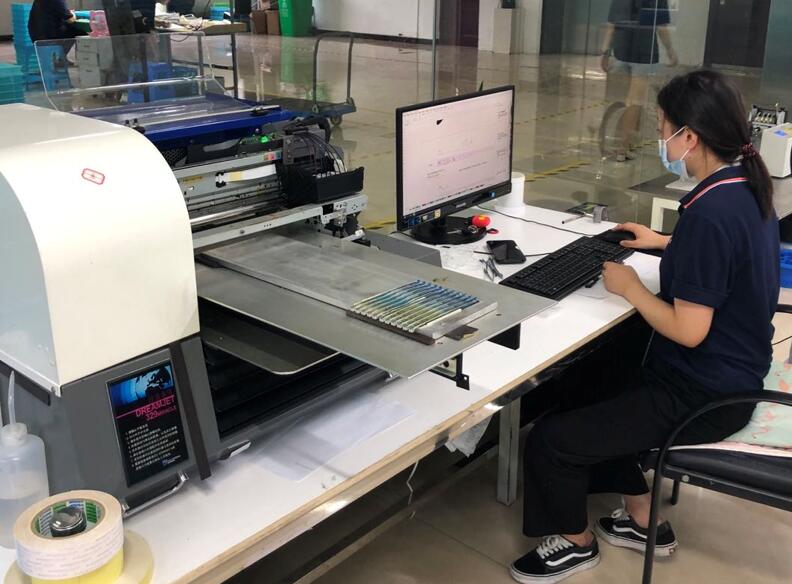
The Chinese eyewear industry has a large pool of skilled workers and engineers. The workers have years of experience in operating specialized eyewear – manufacturing machinery, such as precision frame – cutting machines and lens – edging equipment. The engineers are enhancing the factory’s competitiveness by innovating designs, integrating new technologies, and ensuring compliance with industry standards. Their expertise ensures smooth mass production of even complex frame designs, with fine details, meeting the strict quality standards of international brands.
There is also a growing number of designers and innovators in the Chinese eyewear industry. They are well – versed in global fashion trends and are increasingly creating unique and trendy eyewear designs. Chinese designers are combining customer demand with modern global styles, resulting in eyewear that appeals to different consumers from different areas.
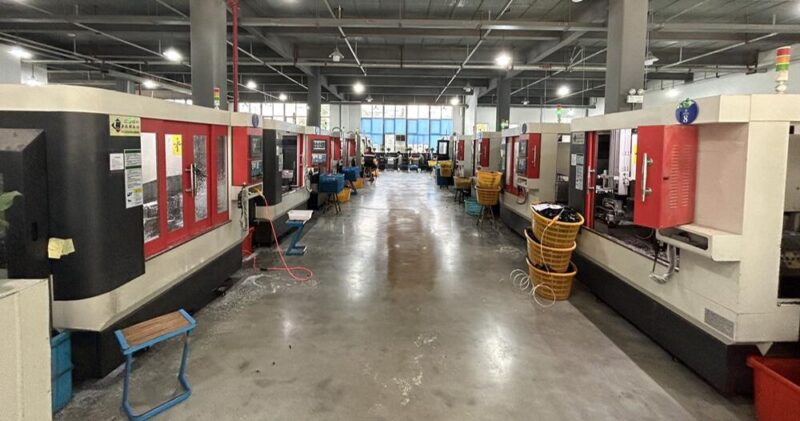
Chinese eyewear manufacturers are constantly adopting and innovating in manufacturing technologies. For example, 3D printing is being increasingly used for rapid prototyping of new frame designs, allowing for quicker design iterations and customization. Additionally, CNC machinery lines are widely used in many facotries for tasks like frame cut, assembly, which improves production efficiency and quality consistency.
There are more advantages such as conformity of international standard, from human rights to environment protection, from production management to quality assurance, from anti-terrorist to safety precautions.
Anyway, the tariff war just began and actually not good to every one. But life still need going forward and we are working hard to fight a way out.

